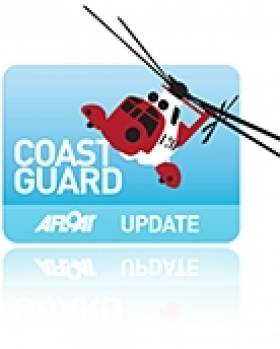Displaying items by tag: National Coast Guard Centre
Spending the Day with the Howth Coast Guard
The Government news service MerrionStreet.ie recently paid a visit to the Howth Coast Guard unit to see some of its 24 volunteers train on the water and cliffs.
Cliff rescue forms a major part of the work done by the Howth unit, so regular searches of the coves around the coast on Howth Head and training of new volunteers are are a must.
Their work is co-ordinated by staff at the new National Coast Guard Centre at the Department of Transport, which manages nearly 1,000 volunteers across 54 units nationwide.
MerrionStreet.ie has more on the story HERE.
























































